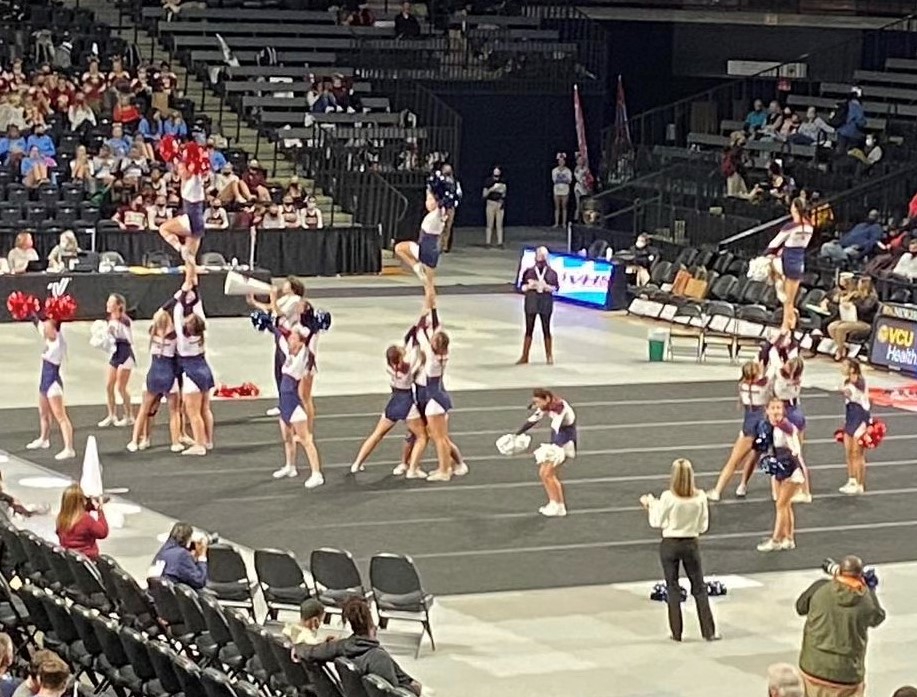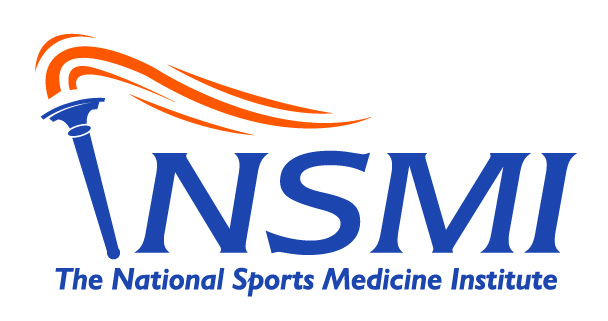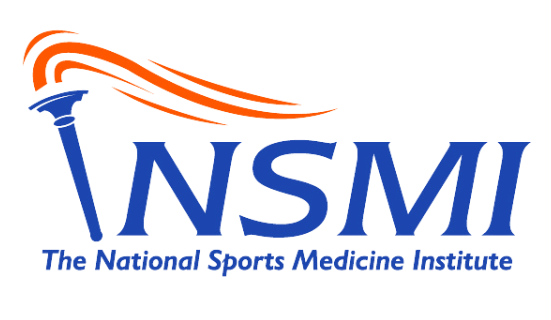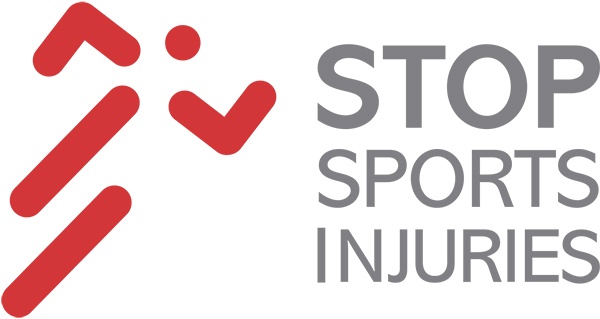Who says cheerleading isn’t a sport? With over 3.5 million athletes participating yearly, and incorporating gymnastics, dance, stunting and pyramid formation, cheerleading is a fast growing intense sport.
Cheerleading injuries can occur anywhere on the body and while there are not frequent injuries, cheerleading injuries tend to be more severe. Common cheerleading injuries include concussion, ankle sprains, and knee injuries, which include ligament tears like the anterior cruciate ligament (ACL). Other common cheerleading injuries include wrist sprain, fracture, low back strain, stress fracture of the lower back and overuse injuries such as patella tendonitis, and Osgood-Schlatter syndrome. Catastrophic injuries can occur if a cheerleader falls from a pyramid. These injuries include skull and spine injuries resulting in fractures and/or paralysis.

Injury Prevention
Many cheerleading injuries can be prevented. Cheerleaders need to be thoroughly coached on proper tumbling and stunting. Proper stunt restrictions should be followed to avoid falls. Stunt restrictions include pyramid height restrictions, amount of spotters and throwers for a particular move. Stunts should also take place on appropriate mats. With any sport, proper conditioning and training are essential to minimizing injury. Training should include strengthening and flexibility work.
Treatment
Cheerleading injuries can be treated conservatively, and in some cases surgically. Most sprains, and strains can be treated with ice, rest, bracing, nonsteroidal anti-inflammatory medications, physical therapy and activity modification while healing. Many fractures can be treated conservatively with cast immobilization. Some injuries, such as ligament injuries and certain fractures, may require surgical intervention by an orthopedist specializing in sports medicine.
The National Sports Medicine Institute is a full-service sports medicine and orthopedic clinic situated in Lansdowne, Virginia. The clinic services include state of the art sports injury evaluation and treatment by highly trained orthopedic sports medicine specialists. The clinic also offers coordinated state of the art diagnostic imaging and physical therapy services.
Article created by: Shannon L. Nicholson DNP, FNP
Photo Credit: Tim Cocrane ATC, OTC




